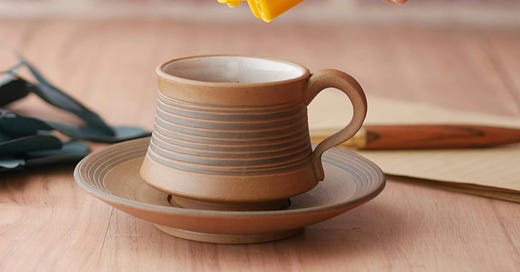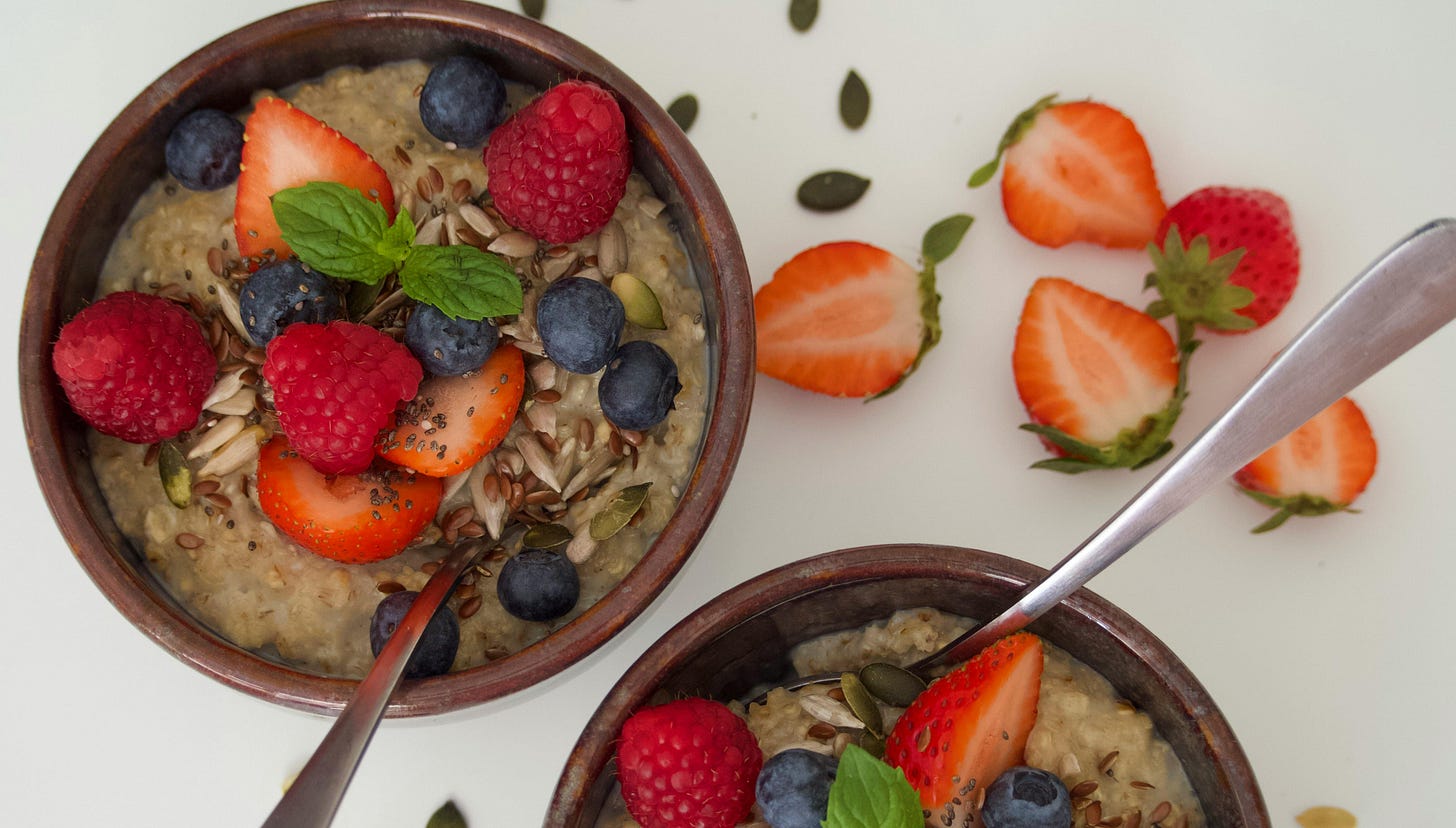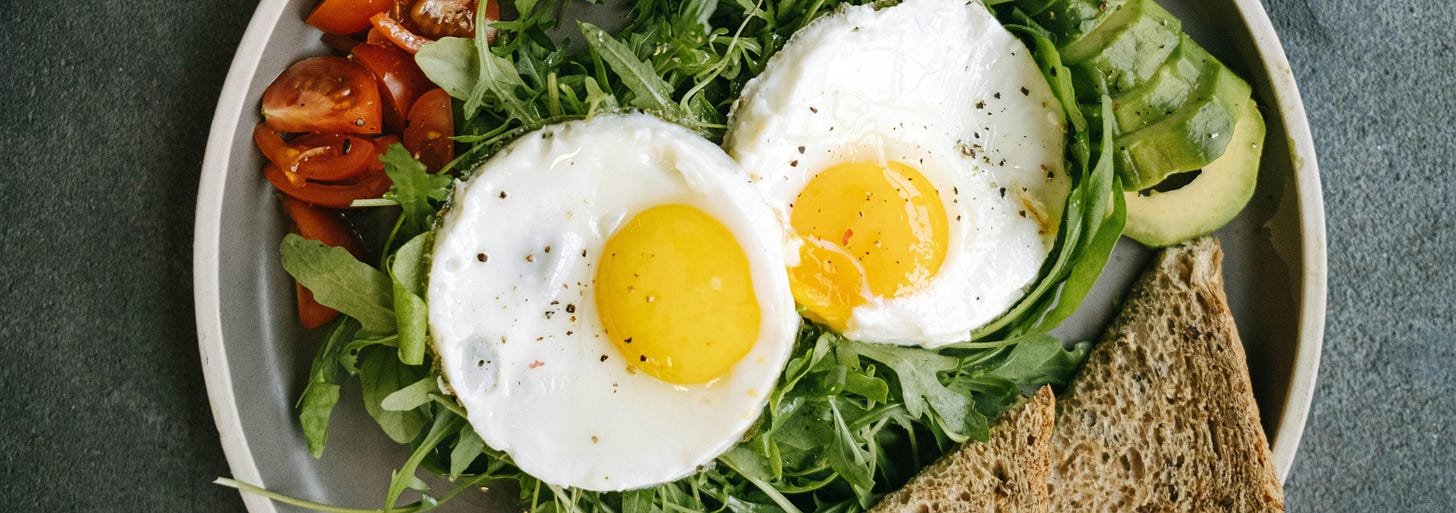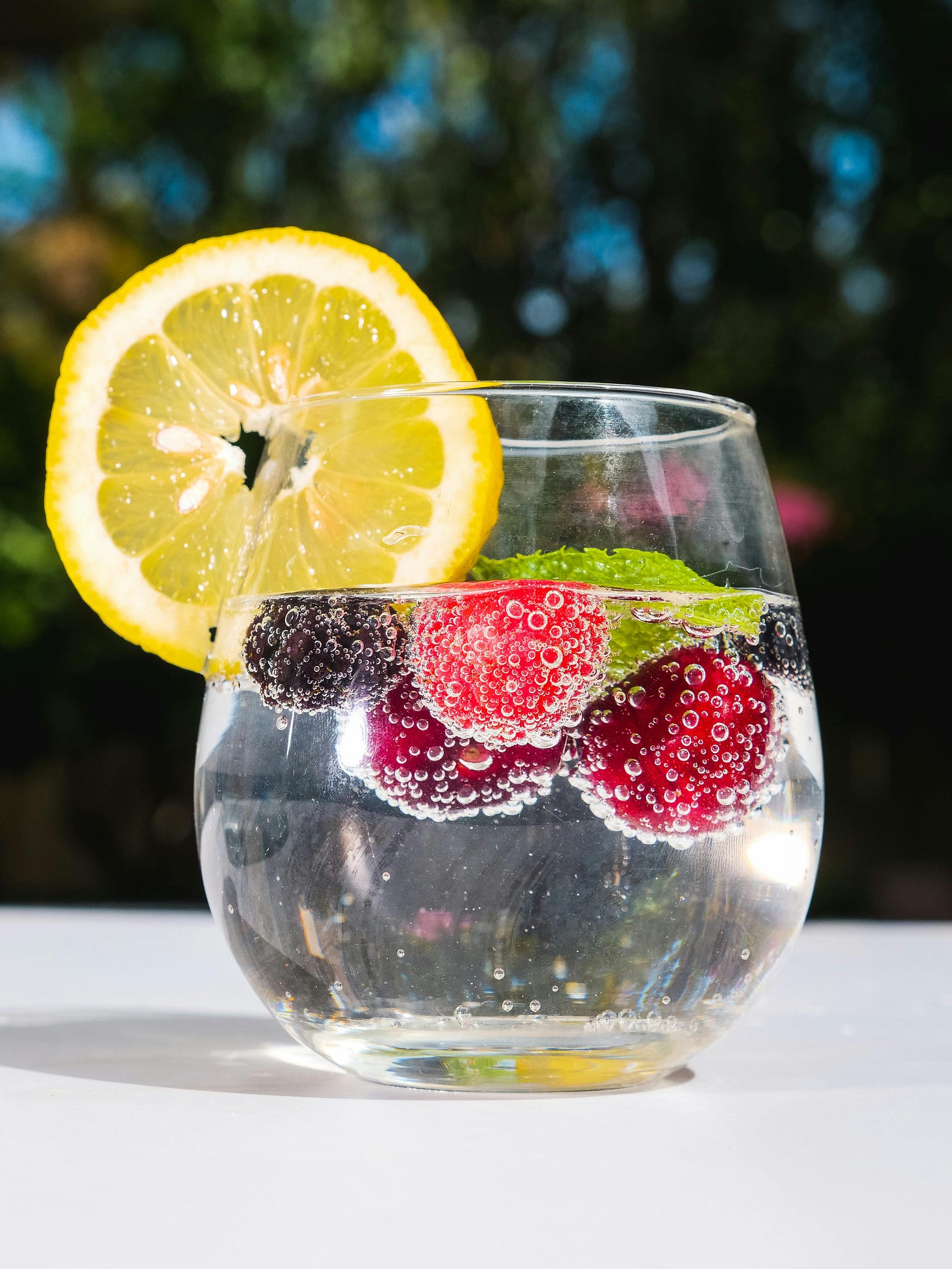Tricked into T2 Diabetes and weight gain by sugar alternatives? It's time for a different approach.
It seemed such a great solution: sweetening our drinks and food with sugar substitutes to manage weight and avoid diabetes. Because weight gain and diabetes is caused by having too much sugar, right?!
For years the artificial sweeteners have been promoted as healthier alternatives to sugar. Health conscious consumers, especially those who were told to “watch the sugars”, would rather opt for the “sugar free” labeled drinks and foods than the standard options. We now know that unfortunately there are some pretty ugly truths around these sweeteners…
Artificial sweeteners, such as sucralose and aspartame, now have shown to do exactly what they were supposed to prevent; increasing the risk of developing Type 2 Diabetes and weight gain.
They trick the body into thinking that you are consuming sugar. This leads to the release of the hormone insulin, which helps blood sugars to be cleared from the blood and used as fuel. Long term, this leads to your body becoming less sensitive to insulin (termed as “insulin resistance”), what then can lead to diabetes.
On top of that, research has shown that these sweeteners can alter the gut microbiome, which is all microbes that live in our gut, and plays an important role in our metabolism. The altered gut microbiota seems to contribute to the risk of T2 Diabetes.
So artificial sweeteners are not the solution, should we go back to sugar then?
Well, not quite. As the World Health Organization suggests, our best bet is to reduce the overall sweetness in our diet to improve our health. This means that on regular days we eat balanced meals without added sugar and, if we need snacks in between, we are best to opt for healthy alternatives that have no sugars or sweeteners added, such as a handful of mixed nuts or a piece of seasonal fruit.
Moving away from foods and drinks that contain added sugars, such as biscuits or flavored coffees and keeping these treats for special occasions and celebrations, rather than a random Tuesday morning, will help with cutting back on our total sugar consumption. I recently published another article here about how you can shift your mindset around these “fun foods” to make it easier to choose them only occasionally.
Meanwhile, checking the Nutrition Information Panel on packaged food can give you great insight into whether it contains a lot of sugar. A sugar content of less than 5 grams per 100 grams is considered low sugar. Drinks are considered low sugar if they contain less than 1 grams of sugar per 100 ml (3.4 fl oz). But remember to check the ingredient list as well for artificial sweeteners!
A great example is breakfast cereals. It is not unusual for these to consist of about 30% sugar, even when the front of the packet suggests that this is a healthy choice.
For example, a cornflakes brand with a product labeled as “Crunchy Nuts” and a picture of a honey spoon, has 31.5 grams of sugar per 100 grams. That means about a third of your breakfast is pure sugar, whoops!
And let’s have a look at drinks. Now we have concluded that the “diet” or “no sugar” options are also not great choices, let’s investigate the sugar content of a regular soda. A can of about 330ml easily gives us 26 grams of sugar, that’s roughly 6 to 7 (baking) teaspoons that we quench our thirst with. Surprisingly, fruit juice has roughly the same amount of sugar.
A Caramel Frappuccino (grande, 16 fl oz) at Starbucks has a whopping 54 grams of sugar, that is more than 12 (baking) teaspoons, just in that one drink. Reading the labels of ready made coffee sachets, that you prepare at home, can also be a great eyeopener in terms of realizing how much sugar we drink without noticing.
Does this sound overwhelming? Help is on the way! Some ideas to start with cutting back on sweetness.
If you’re looking to change to a lower sugar cereal option, then simple rolled oats have the least of sugar amongst the breakfast cereals with usually less than 1 grams of sugar per 100 grams. Add some nuts, seeds and fruit for natural sweetness and you’ve got a much better alternative to start your day with.
Alternatively, if you like eggs or egg based dishes, a couple of fried, boiled or scrambled eggs with spinach on a slice of high fiber bread will set you up for a brilliant day.
If you have some left over vegetables (leafy greens, bell pepper, tomato, courgettes etc), whisk them together with eggs and some cheese and bake them as muffins. Also great as a satisfying snack for later in the day!
For hot drinks I’d like to suggest to simply gradually add less sugar until you’re used to the sugar free taste. If your hot drink comes from a sachet, compare labels and choose the one that doesn’t have added artificial sweeteners and less sugar. These days, there is also a wide variety of beautiful herbal teas available what could be a very refreshing alternative to the usual.
Cold drinks such as sweet sodas and juices could be replaced by sparkling water with your own flavoring of choice such as slices of citrus, ginger, mint, cucumber or frozen berries.
But I have a terrible sweet tooth, I won’t be able to do this!
Change is hard, I acknowledge that, absolutely. But rest assured that you can get used to less sweetness. If going “cold turkey” is too overwhelming, then start with making small tweaks, step-by-step. Not ready to kick out the cornflakes just yet? Maybe you can start with committing to a healthier breakfast, say just on Saturdays, and then go from there.
Also, know that what you regularly eat shapes your taste preference! You can train your brain and taste buds (which renew every 3 weeks or so) to start preferring less sweet things. When we don’t constantly flood our taste buds with added sugar and sweeteners, suddenly that strawberry or carrot tastes quite sweet!
Sanne, No-nonsense Diet & Lifestyle









